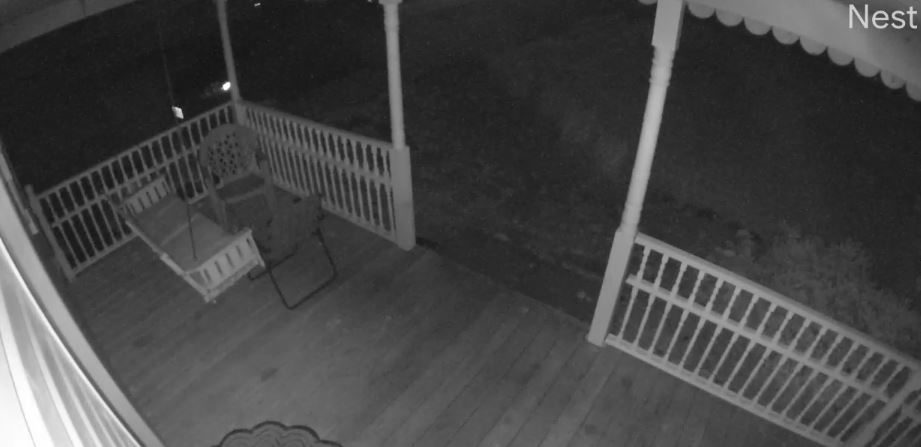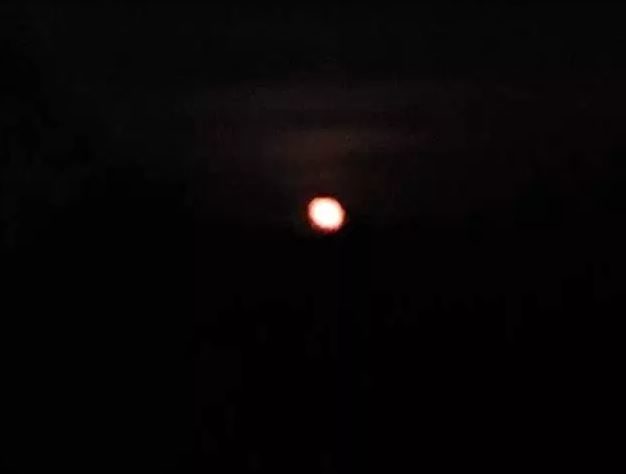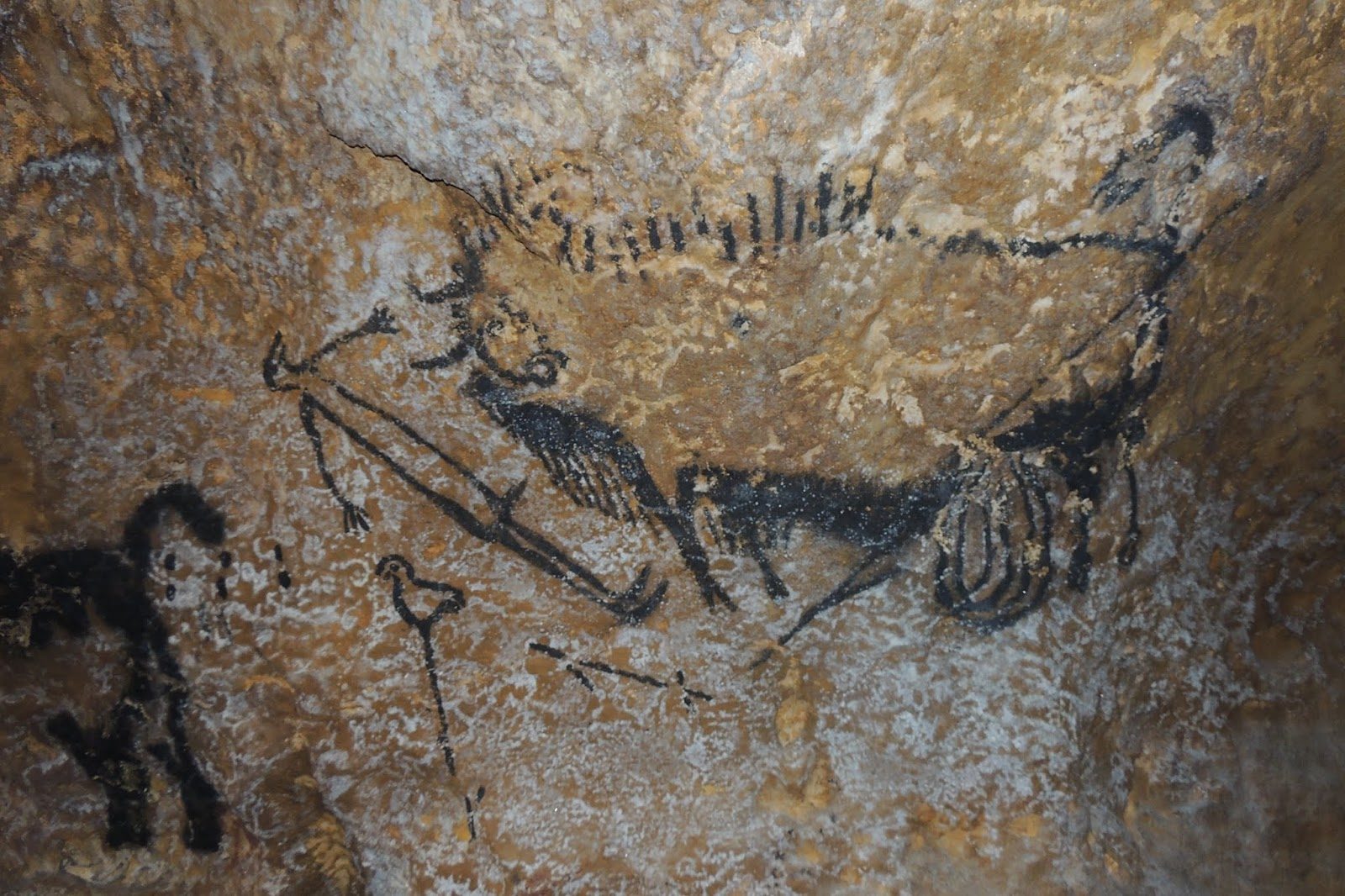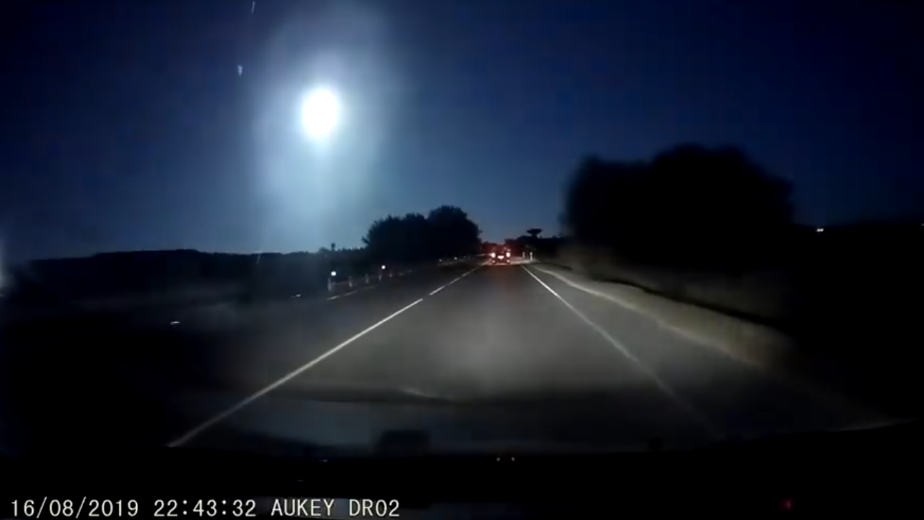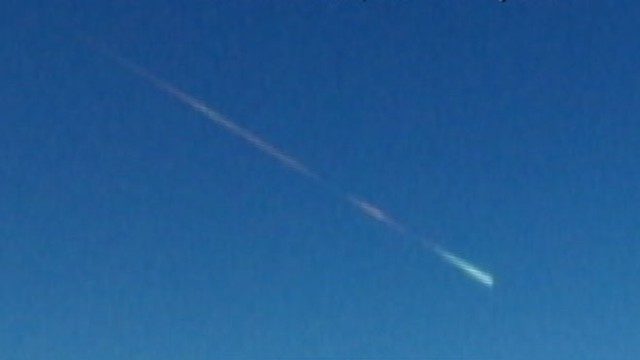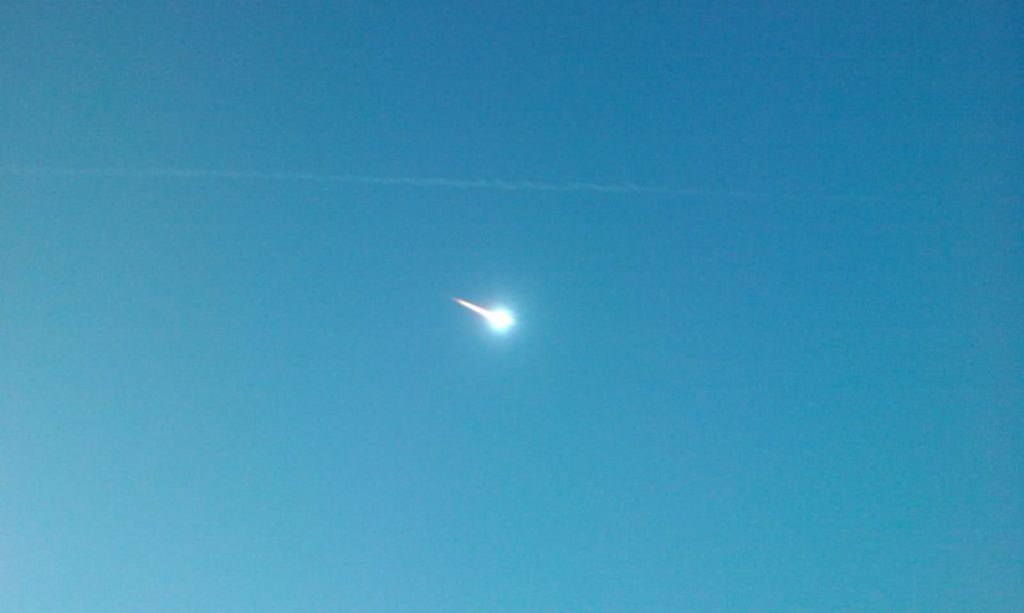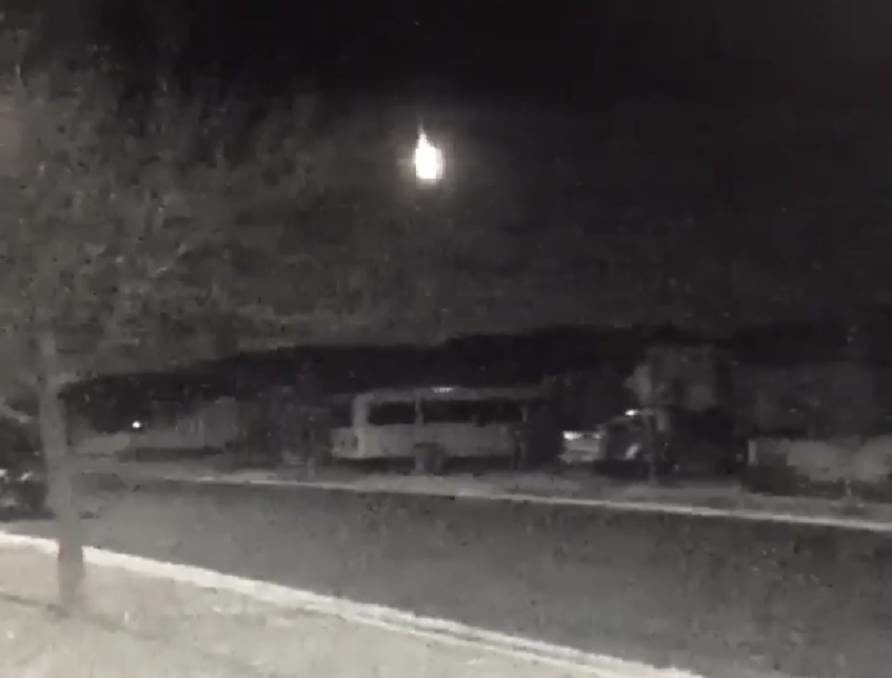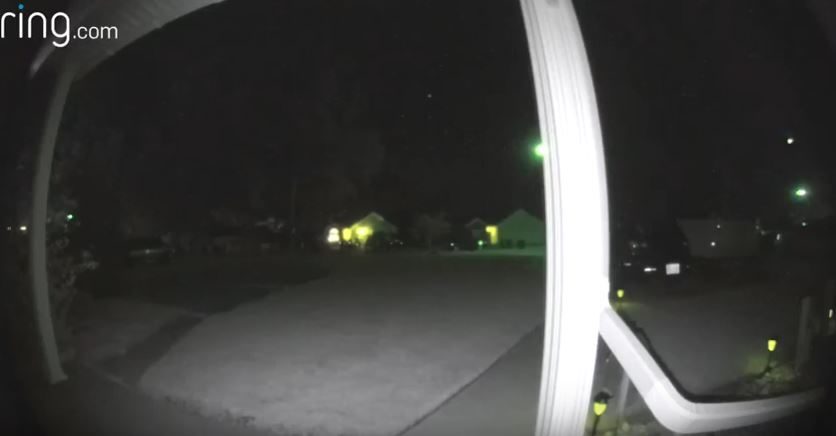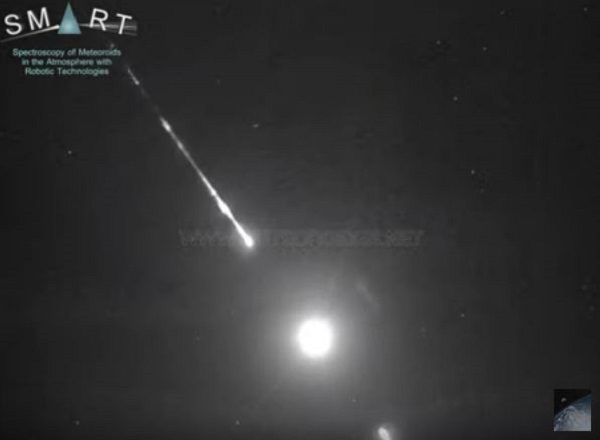This journalist was drinking on his balcony near the intersection of 49th Avenue and Tecumseh Road in College Park when he heard the mystery boom at around 1:45 a.m. Aug. 19. The sound appeared to emanate from the south, in the direction of the University of Maryland campus and College Park's Route 1 corridor. The sound was not accompanied by a flash of light, such as from lightning.
Shortly afterwards, other residents took to social media to describe the sound. One Berwyn Heights resident uploaded a security camera video recording of the boom. In the video, a, sudden, loud, thunderous report is heard, followed shortly afterwards by smaller percussive reports and rolling echos. [The boom can be heard starting at 0:19]
Comment: According to Meteorites Australia, sounds associated with a falling meteor include a "thunderous" noise.
Sounds Associated with Witnessed Meteorite Falls
Occasionally when a meteorite is witnessed to find its way to Earth, it will present a very impressive visual show as it burns through the atmosphere. Even less common though, are the occasions when witnesses are able to actually hear audible sounds associated with the falling meteor. These have been described in many various ways such as: whistling, popping, booming, thunderous, whizzing, whirling, whirring, crackling, drumming, rumbling, humming, roaring and more.
